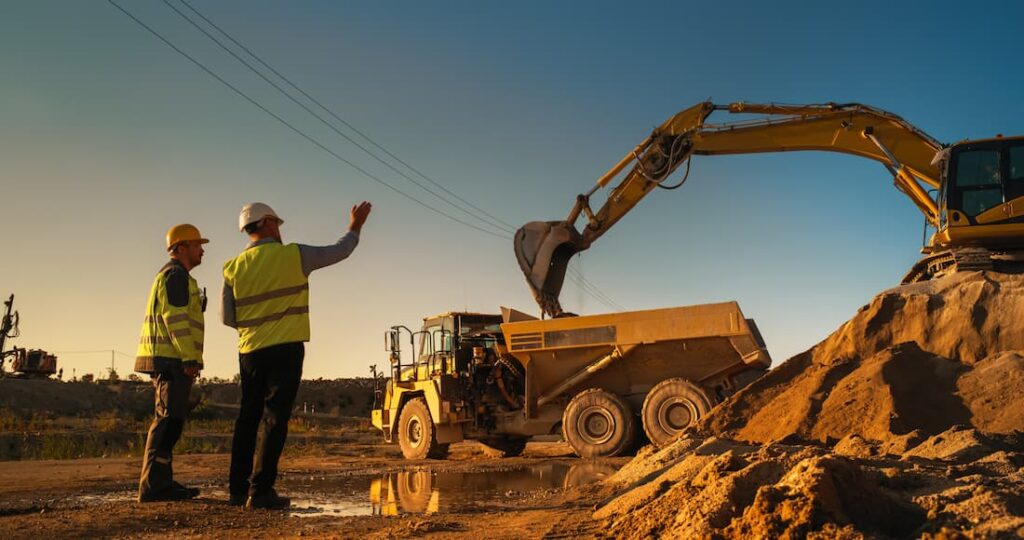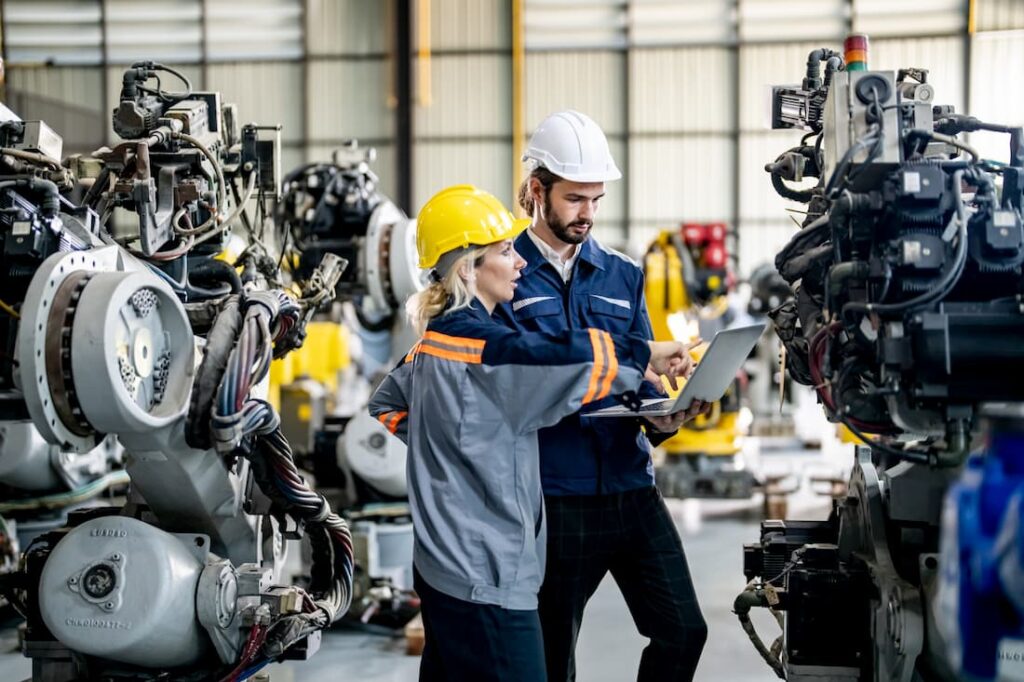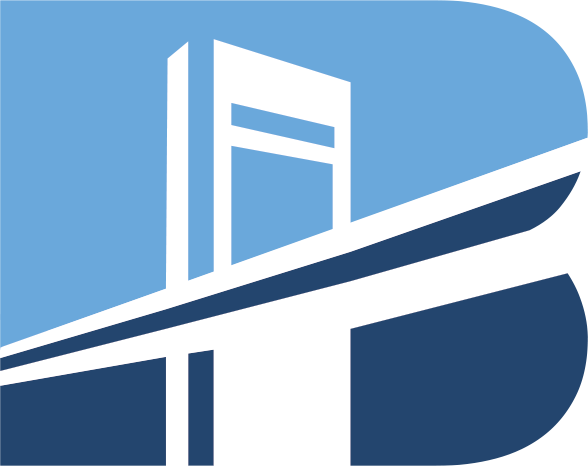Lease vs. Loan: What’s the Best Option for Maximizing Tax Deductions on Business Equipment?
Smart Financing Moves That Could Boost Your Bottom Line
When it comes to acquiring essential equipment for your business, you’ve got options—and not just about the make and model. One of the most important decisions you’ll make is whether to lease or finance the equipment. It’s not just a question of how you’ll pay for it—it’s about how you’ll save.
Specifically, how you’ll maximize your business equipment tax deductions.
Whether you’re preparing for tax season or planning ahead for a major purchase, understanding how Section 179 and other deductions apply to leases and loans could mean thousands of dollars back in your pocket. Let’s take a closer look.
What’s the Difference Between Leasing and Financing?
With equipment financing:
- You own the equipment once it’s paid off.
- The equipment is listed as an asset on your books.
- You may qualify for Section 179 and bonus depreciation.
- The interest you pay may be tax-deductible.
With leasing:
- You rent the equipment for a set period.
- Ownership typically stays with the leasing company.
- Depending on the lease type, lease payments may be fully deductible as an operating expense.
Section 179 may apply, but only with certain types of leases.
How Financing Can Reduce Your Tax Bill
If your goal is to get the most tax savings, financing often provides more opportunities.
Section 179 Deduction for Equipment:
With a qualifying equipment loan, you may be able to deduct the full cost of the equipment in the year you begin using it—even if you’re still making payments. For example, if you finance a $75,000 piece of equipment, you could deduct the full amount this year (subject to IRS limits). Qualifying equipment can be new or used, as long as it’s new to your business and meets IRS guidelines.
Learn more about Section 179, including how it benefits small business owners, on our blog.
Bonus Depreciation:
After taking a Section 179 deduction, you may also be eligible for bonus depreciation on the remaining value. While bonus depreciation is phasing down, it can still help reduce your tax liability.
Interest Deduction:
In many cases, the interest portion of your loan payments can be written off as a business expense.
In addition to these tax savings, financing also allows you to list the equipment as an asset—something that builds long-term value for your business.
When Leasing Offers Tax Advantages
Leasing can also provide tax benefits, but the details depend on the type of lease.
Operating Leases:
This type of lease is treated like a rental. Payments are typically 100 percent deductible as a business expense, but you won’t be eligible for Section 179 or bonus depreciation. You also won’t own the equipment at the end of the lease term.
Capital Leases or $1 Buyout Leases:
These are treated more like purchases. In many cases, you can take Section 179 and depreciation deductions. You’re essentially committing to own the equipment at the end of the lease term, often with a small final payment.
It’s important to note that for Section 179 to apply, the IRS must consider the lease a purchase in substance. This usually means it includes a $1 buyout or similar option.
How to Decide Which Option Works Best for Tax Savings
For businesses looking to lower their tax bill and build long-term value, equipment loans, and sometimes capital leases, are usually the best choice. They allow businesses to take advantage of Section 179, depreciation, and potentially interest deductions—all of which can significantly reduce taxable income in the year the equipment is placed into service.
Operating leases, on the other hand, offer simplicity. Lease payments are typically 100% deductible as a business expense, which can help reduce taxable income over time. However, because you don’t own the equipment, you won’t benefit from depreciation or build long-term asset value.
The right choice often depends on how you plan to use the equipment. For example, a short-term asset like a copier—something likely to be upgraded frequently—might make more sense under an operating lease. A long-lasting asset like heavy machinery that you expect to use for many years may be better suited for a capital lease or equipment loan, especially when long-term tax savings and ownership are priorities.

When Leasing Might Be a Better Fit
While leasing may offer simplicity, it often comes at the cost of the larger, front-loaded tax deductions that financing provides. Leasing may make more sense if:
- You want to keep monthly payments lower.
- You need the equipment for a short time.
- You want to upgrade to newer equipment regularly.
You’d prefer not to carry debt or list the equipment as an asset.
When Financing Is the Smarter Choice
If you’re looking to get the most bang for your buck at tax time, financing is usually the smarter long-term move, especially if:
- You plan to use the equipment for many years.
- You want to build equity in an asset that holds its value.
- You want to take full advantage of Section 179 and bonus depreciation.
- You’re looking to reduce your tax burden this year.
For many businesses, financing provides a combination of upfront tax savings and long-term ownership benefits that make it the more strategic choice.
Timing Is Everything
To claim equipment deductions on your taxes for this year, the equipment must be purchased and placed in service by December 31.
Remember, signing a purchase agreement isn’t enough. If you’re planning a major equipment purchase this year, start early. Delivery delays or installation timelines could impact your ability to claim the full deduction.
Plan Smart: Talk to Your CPA
Tax strategy should never be an afterthought. Before you lease or finance equipment, talk to your CPA or tax advisor. The right financing structure can lead to thousands of dollars in savings, but only if it aligns with your overall tax plan. Your CPA can help you understand the specific implications of each option based on your unique financial situation and tax bracket.
At Blue Bridge Financial, we work with business owners and tax professionals to structure financing that supports financial goals and tax efficiency.

Apply Today and Make the Most of Your Tax Benefits
If you’re serious about reducing your tax burden and building business equity, financing your equipment is often the smartest move. Let Blue Bridge Financial help you unlock the full tax-saving potential of your purchase. Apply now to get started.
Frequently Asked Questions About Growing Your Construction Business
Effective growth strategies for construction businesses include diversifying service offerings, entering new geographic markets, investing in modern technology, upgrading equipment, focusing on commercial projects, and building a strong workforce. Each of these approaches can help increase revenue, expand market reach, and boost efficiency.
Working capital loans provide the financial flexibility to cover costs associated with expansion, such as new hires, marketing in new regions, purchasing materials, or investing in client relationship tools. Blue Bridge Financial offers same-day funding and adaptable repayment plans to meet your specific business needs.
Construction businesses can finance a wide range of equipment, including excavators, bulldozers, loaders, compactors, trenchers, and more. Blue Bridge Financial’s Equipment Finance Agreements make it easy to invest in the machinery you need without depleting your cash reserves.
Financing can cover essential costs such as transportation, office space, equipment relocation, and local advertising when expanding into new markets. Blue Bridge Financial’s flexible loan options ensure you have the capital to grow without overextending your resources.
Technology enhances efficiency, improves project management, and strengthens client communication. Tools like drones, 3D modeling, and CRM systems can set your business apart. Financing through Blue Bridge Financial can help you adopt these technologies without upfront strain on your cash flow.
Yes. Financing can support hiring efforts, employee training, benefits, and professional development programs. Blue Bridge Financial offers capital solutions that empower you to attract and retain skilled talent—essential for long-term business growth.
Any Questions? We'd Love to Talk:
About the Author
Nick Devernis is the Vice President of Business Development with expertise in credit analysis and equipment financing. With over 6 years in equipment financing, he offers a wealth of knowledge to readers of Blue Bridge Financial’s blog. He currently oversees the California office and leads the Sales and Marketing departments. Nick’s role as Vice President of Business Development involves management of the sales team, relationship management, and developing strategic partnerships to drive inbound and outbound originations.p> LinkedIn Profile






